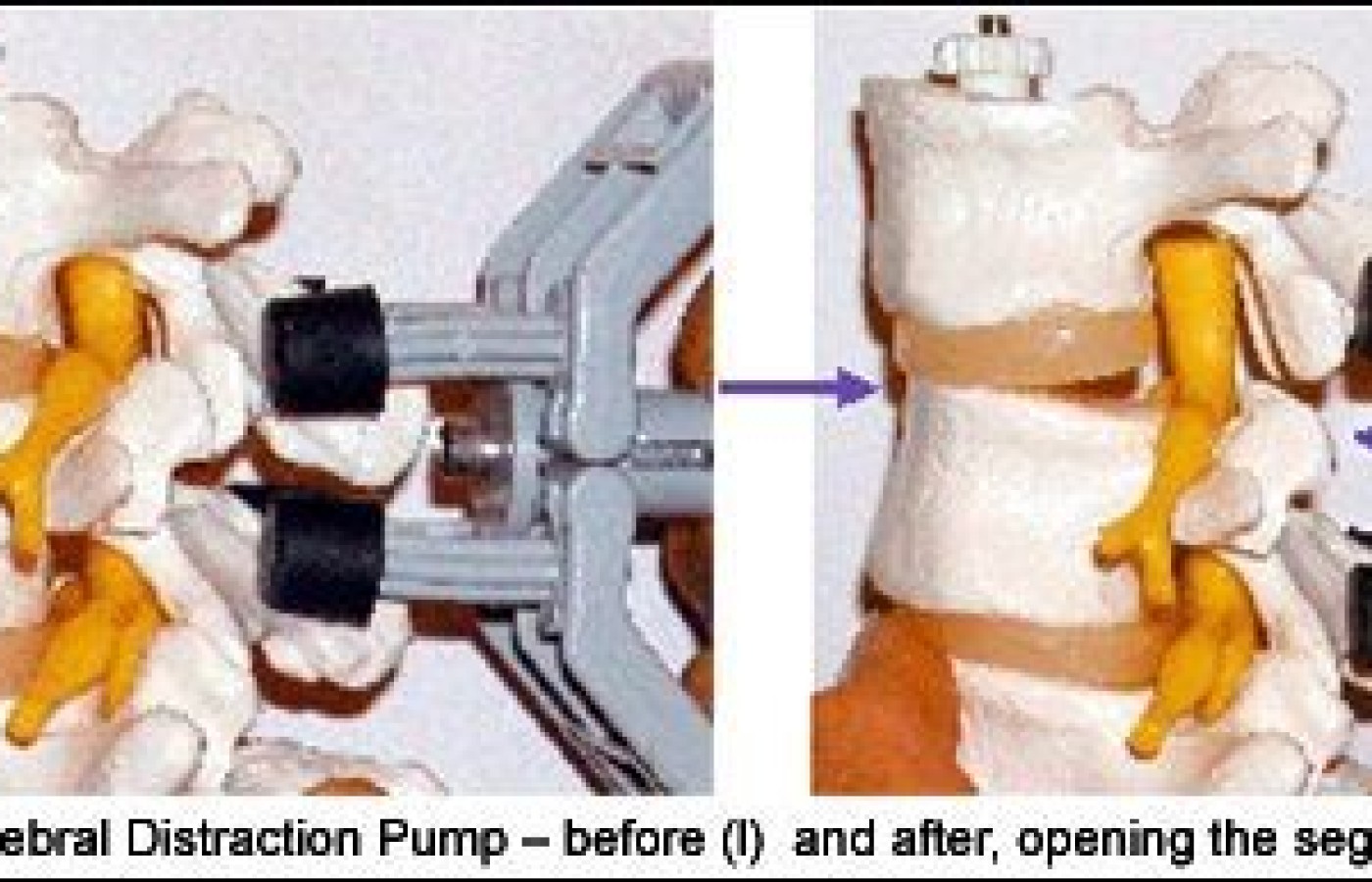It is estimated that 61% of patients with CTS avoid taking surgical options due to postoperative complications and costly surgical procedures. Chiropractic care offers a comprehensive and effective treatment for carpal tunnel syndrome, addressing the condition from multiple angles. Recent studies also have unveiled a game-changing adjunct to chiropractic treatments for CTS: nerve flossing.
Correction of Discogenic Pain and Midline Tenderness
In my first article on discogenic pain, I talked about using midline tenderness as a diagnostic tool indicating inflammation of the disc. I use the digital interspinous pressure (DIP) test to assess the state of the deep midline structures. How do I correct the midline tenderness? The basic technique I use is the same, whether the patient has a true herniated disc, an internally disrupted disc, or just an inflamed midline secondary to disc degeneration or subluxation patterns.
What are my chiropractic adjustive techniques for midline tenderness and discogenic pain? I use a variety of low-force techniques, but for this article, I'll share my basic tools for eliminating what I call a "true positive" for midline tenderness. This means that after I've corrected the rest of the pelvis and lumbar subluxations, the midline tenderness remains. My favorite tool to correct this is the vertebral distraction pump (VDP), used via the following protocol. This simple device allows us to effectively distract two vertebrae from each other. The images below illustrate its "in vitro" effects. Flexion-distraction tables are also effective for Y-axis or axial distraction, especially for the lower lumbar vertebrae.


If you don't have a VDP or a distraction table, the procedure can be done manually. Place one hand on the sacrum and place the pisiform, or first metacarpophalangeal joint, against the lower border of the spinous, just above the tender involved level. Separate for 7-10 seconds, then release. Repeat 4-6 times.
With my second hand on the sacrum. I take the sacrum inferior and anterior as I distract the interspinous space. This adds a component of dural distraction. I follow the craniosacral rhythm as I do this, distracting in the expansion phase as the sacrum moves anterior. I relax my distraction in the relaxation phase of the cranial rhythm. If you don't know how to follow the cranial rhythm, just distract for 10 seconds, then relax for a few seconds.

If the tenderness is only minimally changed after this procedure, check the sides of the spinous processes at the involved level. If one side is extremely tender and resists lateral-to-medial motion, you may have a translation; a lateral subluxation (nonphysiological). Use the three methods - engage, listen and follow (ELF) - to gently push it lateral to medial. Recheck for tenderness, both on the side of the spinous and in the midline. Sometimes, this is the key. You can also place the VDP so that it is operating unilaterally, using only two legs of it angled obliquely on the tender side, and distract there.
I remind you to not chase after symptoms or painful spots. You need to check the whole spine; evaluate the pelvis, and check the lower extremity. Anything in the neurospinal axis can irritate the lumbar discs.
I am convinced that specific axial distraction is a key part of the chiropractic toolbox, and allows us to correct the spine and alleviate disc pain more effectively and quickly. Specific axial distraction, or variations of it, has been done thousands of times by James Cox, who popularized the use of flexion-distraction; by Bruce Broughton, who invented the VDP; and by many other DCs. It can be very effective for either a classic disc herniation, or for the occult internally disrupted disc.
My next article will introduce another technique for discs using the VDP (to which I have, incidentally, been recently introduced). It's already amazing me, but I need to use the technique on at least another 100 patients before I feel comfortable sharing it with you.
Resources
- Bruce Broughton, DC. Chiropractic Association of Oregon convention, 2001.
- Broughton, Bruce, Treatment of disc herniations with the distraction pump, Chiropractic Technique, May 1999; 11(2).
- Herb Freeman, DC, Keizer, OR: personal conversations.
- Cox, James. Articles, books and seminars on the use of flexion-distraction.
- Trauma, An Osteopathic Approach. Barral and Crobier. Eastland Press, 2001
- Heller, Marc. Discogenic pain, diagnosis and treatment. www.chiroweb.com/archives/21/18/08.html.



